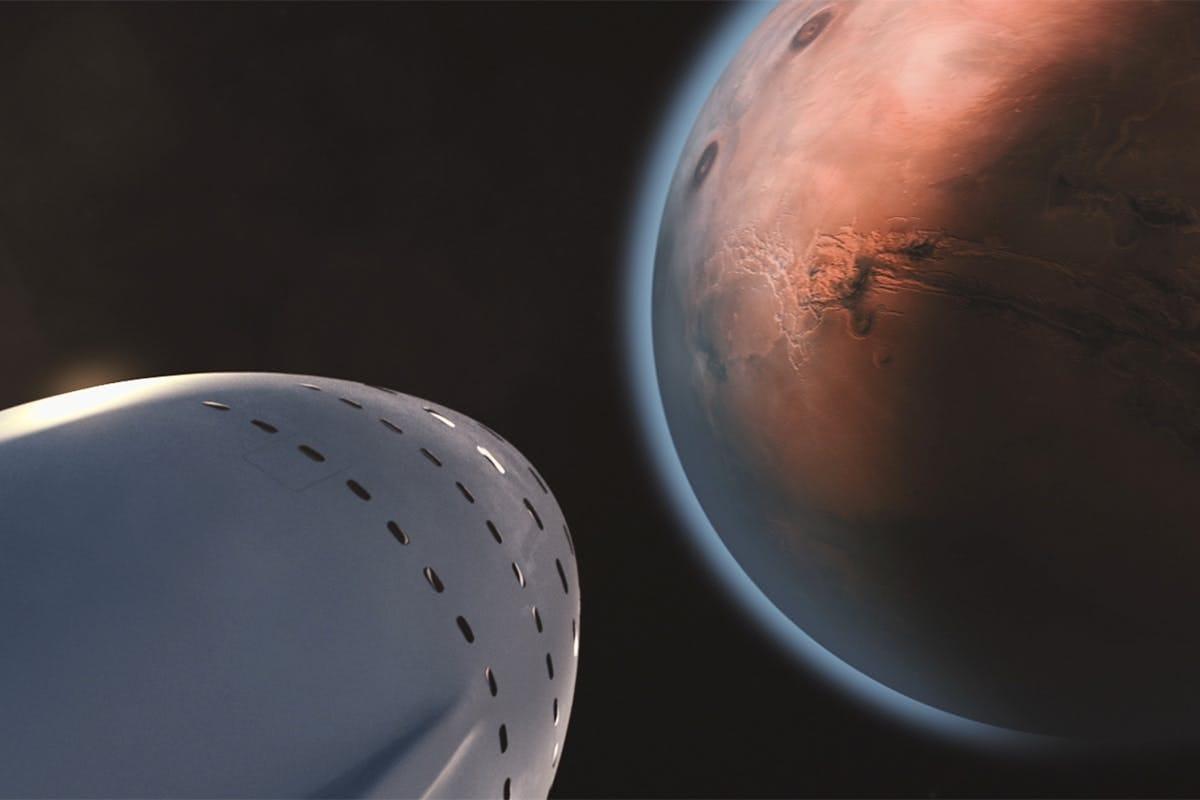The universe is vast - there are estimated to be more than 100 billion stars in our Milky Way alone. That raises a fascinating question: what are the conditions for extraterrestrial life? In this blog, we dive into the latest findings from astronomers and astrobiologists, and explain what factors are essential for life as we know it.
1. Water: the absolute basics
The most important condition for life as we know it is liquid water.
Water is a unique solvent in which essential chemical reactions can take place. Without water, life as on Earth is virtually impossible.
Therefore, in the search for extraterrestrial life, scientists first watch for signs of liquid water, such as:
- Planets in the habitable zone of their star (not too hot, not too cold).
- Indications of oceans under ice crusts (as with Europa or Enceladus in our solar system).
2. Stable and suitable atmosphere
A planet must have an atmosphere that:
- Sufficient print has to support liquid water.
- Protection offers against harmful radiation from the star.
- Contains gases potentially associated with biological activity, such as oxygen, methane or carbon dioxide.
Too little atmosphere (as on Mars) or a toxic atmosphere (as on Venus) makes life extremely difficult.
3. Energy source: light or chemical reactions
All life has energy needed. On Earth, this comes primarily from the sun (photosynthesis), but in extreme environments, such as around deep-sea volcanoes, people live on chemical energy (chemosynthesis).
That's why scientists are looking for planets:
- With access to solar (via light from their star).
- Or with internal geological activity (such as volcanoes or tidal heating).
Even in dark oceans, life can arise if there are sufficient sources of chemical energy.
4. Essential chemical elements.
Certain elements are fundamental to life:
- Carbon (C) - the building block of organic molecules.
- Hydrogen (H) - present in water and many compounds.
- Oxygen (O) - essential for energy production.
- Nitrogen (N) - building block of proteins and DNA.
- Phosphorus (P) and sulfur (S) - necessary for biological processes.
Planets or moons where these elements are present, like Earth, are seen as more likely to support life.
5. Stability over long time scales
Life needs time to emerge and develop. Therefore, a planet must:
- A stable climate have over millions to billions of years.
- Being protected from too many asteroid impacts.
- Not undergo extreme changes, such as star explosions or planetary migration.
Stars that remain stable for a long time (like our sun) are therefore favored in the search for life.
Could there be other forms of life?
Although we are looking for life similar to our own, it is theoretically possible that alternative life forms exist, for example, based on:
- Ammonia instead of water.
- Silicon instead of carbon.
Yet scientists focus primarily on water- and carbon-based life because that is the only thing we know for sure can exist.
Examples from our own solar system
Even within our own solar system, there are places that meet some conditions:
- Europa (moon of Jupiter): ocean under an icy crust.
- Enceladus (moon of Saturn): geysers of hydrogen-rich liquids.
- Titan (moon of Saturn): lakes of liquid methane and ethane.
Although these worlds are not identical to Earth, they show that life could possibly arise under very different conditions.
Smart telescopes and the search for extraterrestrial life
To study distant worlds, scientists use advanced space telescopes such as James Webb and Hubble.
You can also contribute as an amateur: smart telescopes such as the Seestar S50 Whether the DWARF 3 enable enthusiasts to observe galaxies and planetary systems.
With a smart telescope, you can:
- Measuring variations in brightness of stars (exoplanet transits).
- Taking better pictures of deep-sky objects.
- Participating in citizen science projects yourself, such as Exoplanet Watch.
Check out the possibilities of the DWARF 3 smart telescope.
Conclusion: the search continues
The conditions for extraterrestrial life seem clear, but the universe continues to surprise us.
With each new discovery, as with the k2-18b planet, we come closer to answering one of the greatest questions ever: Are we alone?
Science is only at the beginning of this journey.
Every telescope scanning the stars, every molecule found in a distant atmosphere, takes us one step further.
So keep watching the stars - who knows what we will find next.







